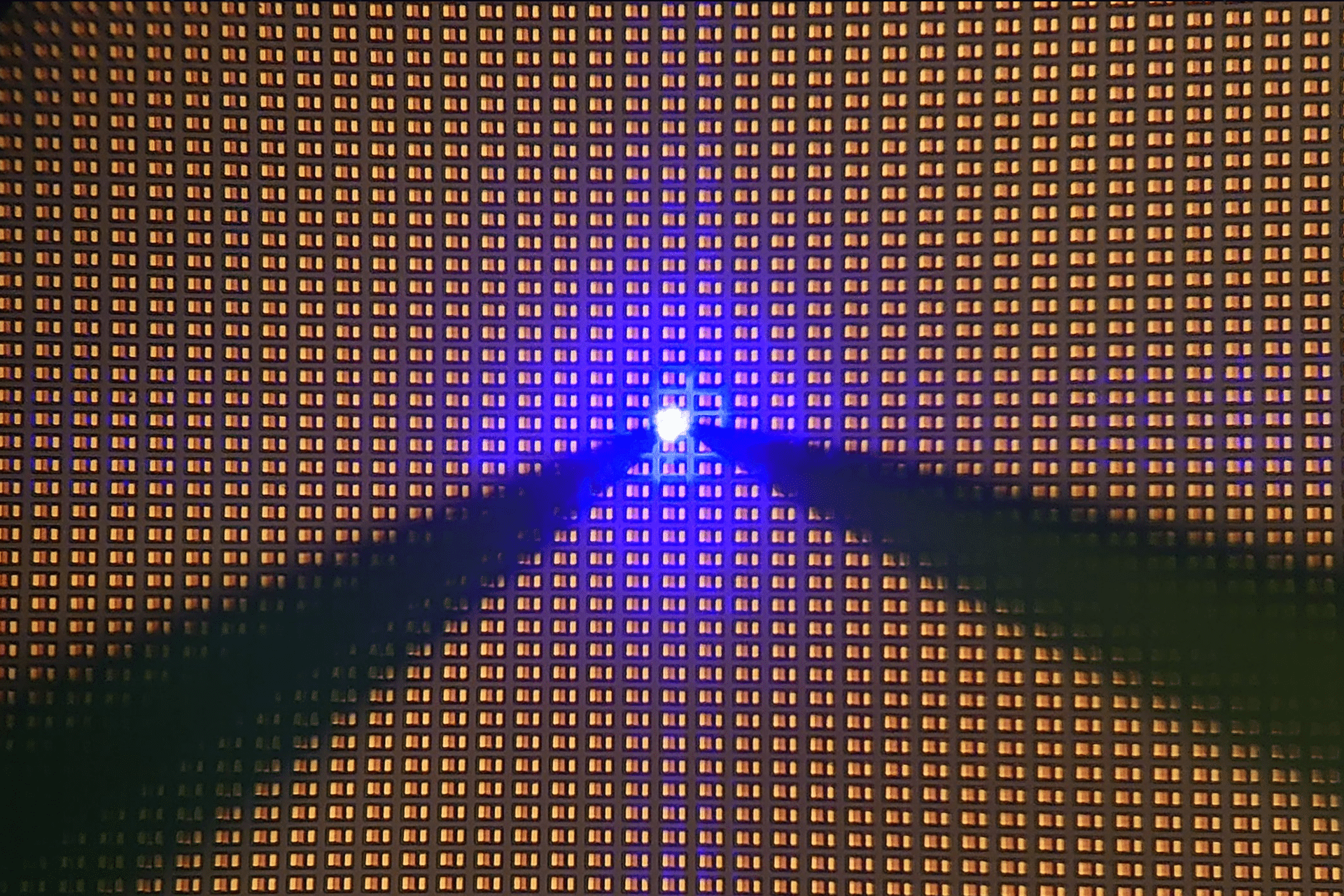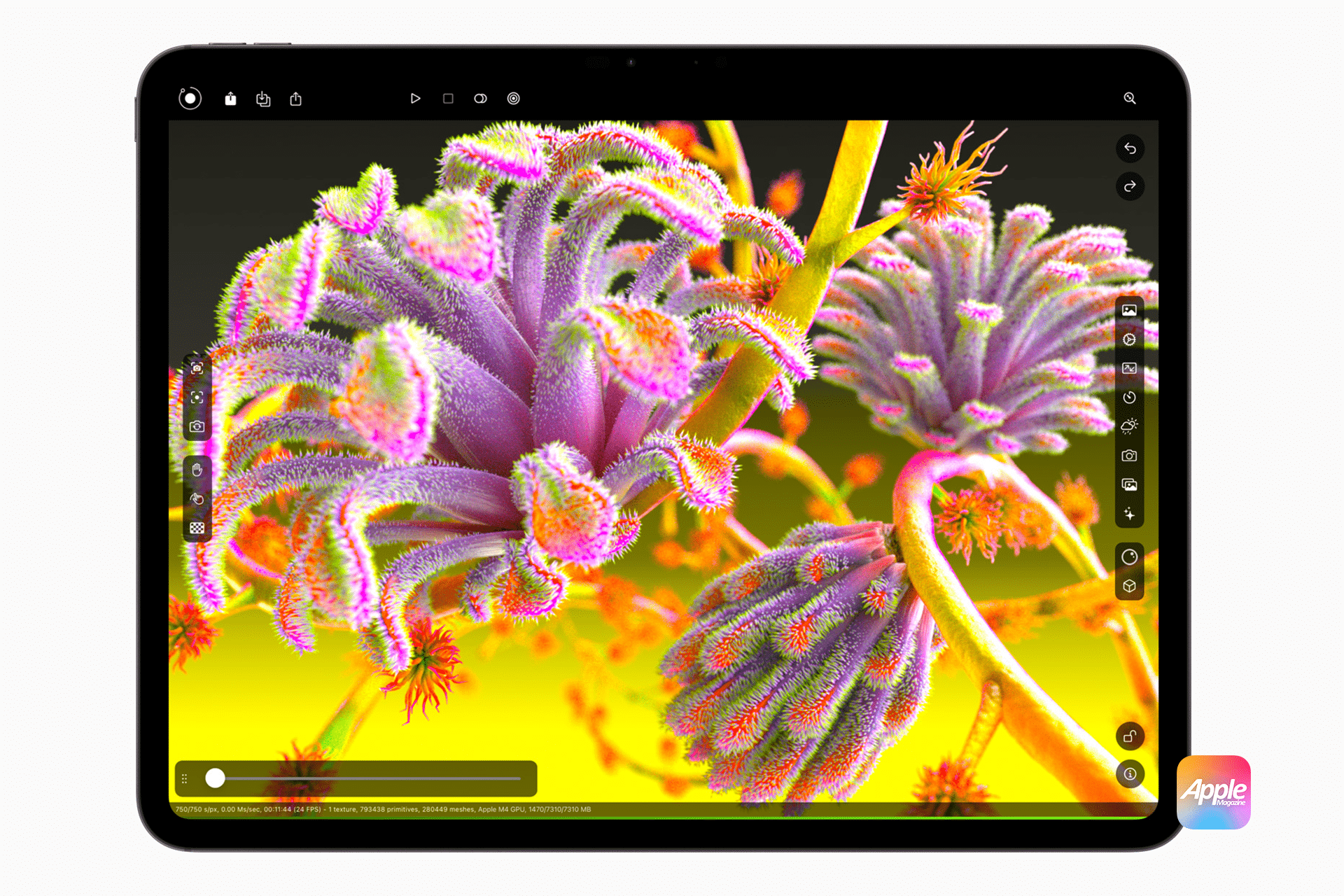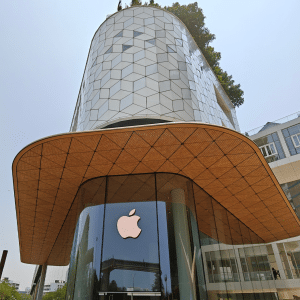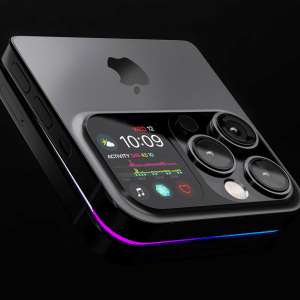Apple’s journey into OLED technology began with the iPhone X in 2017, revolutionizing display quality with improved brightness, contrast, and energy efficiency. This technology later expanded into the iPad Pro lineup in 2024, featuring OLED displays on the 11-inch and 13-inch models. While this move was anticipated to reshape the tablet market, actual sales have fallen short of expectations, prompting a re-evaluation of production priorities.
OLED iPad Pro Features:
- Exceptional brightness and contrast ratios
- Greater power efficiency than traditional LCDs
- Support for HDR and ProMotion technologies
Despite these impressive features, the adoption rate has not met initial projections, signaling a shift in consumer priorities and usage patterns.
Market Performance of OLED iPad Pro
Initial forecasts for OLED iPad Pro shipments estimated sales of up to 10 million units in 2024. However, Display Supply Chain Consultants (DSCC) revised these figures to approximately 6.7 million units. This significant shortfall highlights the challenge of justifying premium pricing in a competitive tablet market.
Factors Influencing Demand:
- High Price Point: OLED iPad Pro models command a premium, narrowing their appeal to a specific segment of consumers.
- Niche Use Cases: Many consumers continue to rely on lower-cost iPads for basic functionality, limiting the demand for high-end features.
- Economic Conditions: Global economic uncertainties may have dampened spending on luxury tech products.
LG Display’s Strategic Realignment
LG Display, a key supplier for Apple, originally designed its $2.6 billion OLED production line to cater to both tablets and PCs. However, the lower-than-expected demand for OLED iPad Pro panels has prompted a reevaluation of resource allocation.
Adapting for iPhone Production:
The current production line, though built for iPad displays, can be repurposed for iPhones with minimal modifications. This move offers significant cost savings compared to establishing a new production facility, which could cost upwards of $1.5 billion.
- Technical Adjustments: iPad panels use glass substrates with thin film encapsulation (TFE), while iPhone panels require polyimide substrates with TFE and a single emission layer instead of two.
- Capacity Utilization: Shifting to iPhone production maximizes the use of existing resources, ensuring better operational efficiency.
Implications for Apple’s Supply Chain
Apple’s supply chain strategy has long been defined by adaptability and responsiveness to market trends. By reallocating OLED production to iPhones, Apple and its suppliers demonstrate a commitment to meeting consumer demand while optimizing resource use.
Benefits of the Shift:
- Increased iPhone Production Capacity: With global demand for iPhones remaining robust, this move ensures adequate supply to meet consumer expectations.
- Cost Efficiency: Leveraging existing production lines minimizes capital expenditure while addressing market needs.
- Strategic Flexibility: Adapting production lines underscores the importance of agility in Apple’s supplier network.
The Future of OLED in Apple’s Lineup
While the iPad Pro’s OLED models face challenges, Apple’s commitment to OLED technology remains steadfast. This strategic pivot may pave the way for broader adoption across other Apple products, including MacBooks and larger iPads in the future.
- MacBooks: OLED technology is expected to make its way into select MacBook models, delivering improved visual performance for professional users.
- Larger iPads: Apple could reintroduce OLED in larger, more specialized iPads tailored for creative professionals and enterprise use.
- Continued Refinement: Advances in manufacturing and cost optimization will likely make displays more accessible across Apple’s product range.
LG Display’s decision to shift its production focus from iPad Pro to iPhone illustrates the dynamic nature of the consumer electronics market. By realigning resources to meet stronger demand for iPhones, Apple and its suppliers reaffirm their commitment to innovation and operational efficiency.
As OLED technology continues to evolve, its integration into Apple’s broader product lineup will shape the future of display innovation. This strategic pivot not only highlights the importance of adaptability but also underscores Apple’s ability to navigate changing market dynamics while maintaining its leadership in the tech industry.











